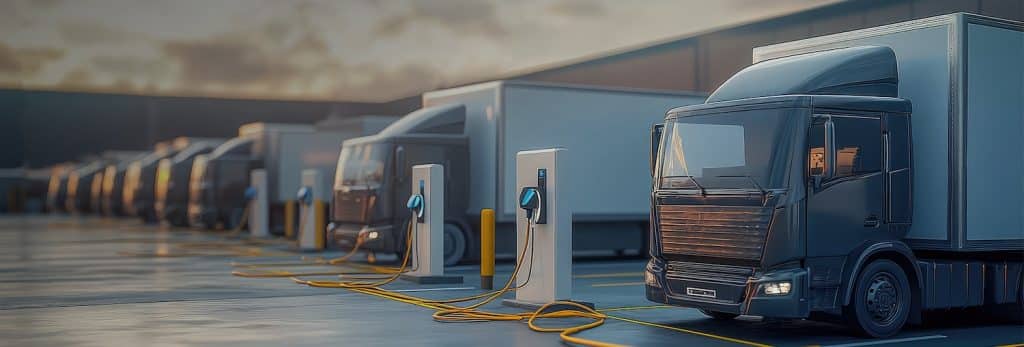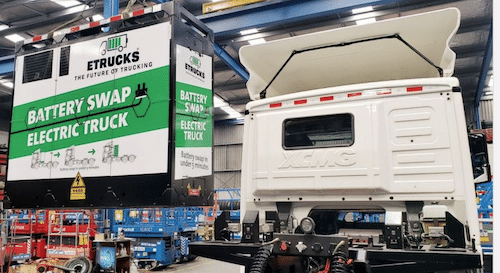
Brogen
- Email:inquiry@brogenmotors.com
- Whatsapp:+86 19352135902
- Wechat:Brogenmotors_SH
- Tel:+86 19352135902

Brogen

In traditional high-energy-consumption sectors like steel, coal power, ports, mining, and urban construction transport, heavy-duty vehicles face dual challenges of high fuel costs and significant environmental pressure. Driven by carbon neutrality goals, new energy medium/heavy trucks—particularly pure electric models—have become a key focus for industry transformation. However, current electric trucks still face range limitations, making them suitable mainly for closed-loop and short-haul high-frequency transport scenarios. For energy replenishment, both charging and battery swap solutions offer distinct advantages, and the optimal choice depends on technical, economic, and operational factors.
1. Ultra-fast replenishment: 3-5 minutes per swap, matching diesel refueling speed.
2. Cost efficiency: "Battery-as-a-service" models reduce upfront vehicle costs, with leasing options competitive against diesel trucks.
3. Optimized battery management:

1. High upfront investment: Swap stations require costly grid connections, equipment, and land.
2. Lack of standardization: Incompatible battery designs limit station scalability.
3. Complex ecosystem: Requires coordination among OEMs, battery makers, and operators.
4. Technology risks: Frequent battery upgrades demand station updates.
5. Operational complexity: Requires precise battery cycling and fleet scheduling to maximize efficiency.

1. Mature technology: Established standards and cross-model compatibility.
2. Infrastructure readiness: Lower-cost chargers with minimal site requirements.
3. Rapid advancements: Fast/ultra-fast charging reduces downtime.
1. Longer replenishment: Less suitable for time-sensitive operations.
2. Battery degradation: Higher upfront cost than swap models (without leasing). Performance declines over time, raising replacement costs.
While battery swap shows momentum, its high costs and standardization gaps hinder scale. Charging remains competitive due to accessibility. Short-term, coexistence will continue: Swap suits capital-rich, uniform fleets in high-frequency routes. Charging fits mixed fleets or flexible schedules.
The charging versus battery swap debate reflects the broader evolution of commercial vehicle electrification. Rather than a binary choice, the optimal solution will emerge from tailored adoption—where operational needs, economic viability, and infrastructure readiness intersect. For fleet operators, the immediate priority should be piloting both technologies in specific scenarios while advocating for industry-wide battery standardization. Governments and manufacturers must collaborate to address cost barriers through incentives and scalable business models. As technology matures, the ultimate winner may not be one system, but the ecosystem that seamlessly integrates both approaches to deliver reliability, affordability, and sustainability for heavy transport's zero-emission future.
If you need to electrify your engineering fleet, please contact us. We will provide a suitable solution for you. Reach out to our experts at inquiry@brogenmotors.com. We promise to get back to you within two business days.
Brogen is a leading ev solutions provider for commercial vehicles. You can find more ev solutions in our website, for example, electric vehicle powertrain solution, battery solution, and electric axle systems. Beside that, we have the cutting-edge axial flux motors for Automakers, who pursue excellent engine performance. We are proud to serve as your one-stop solution for navigating the rapidly expanding electric vehicle (EV) market.
For more videos please click Brogen’s Youtube. For the latest news please view Brogen’s Linkedin. Please note that our products are not ready-made or plug-and-play type. Depending on customers' different requirements, it may involves many customizations and modifications.
Connect with a Brogen expert to learn more about our services and discuss our ePowertrain solutions.
Company Profile